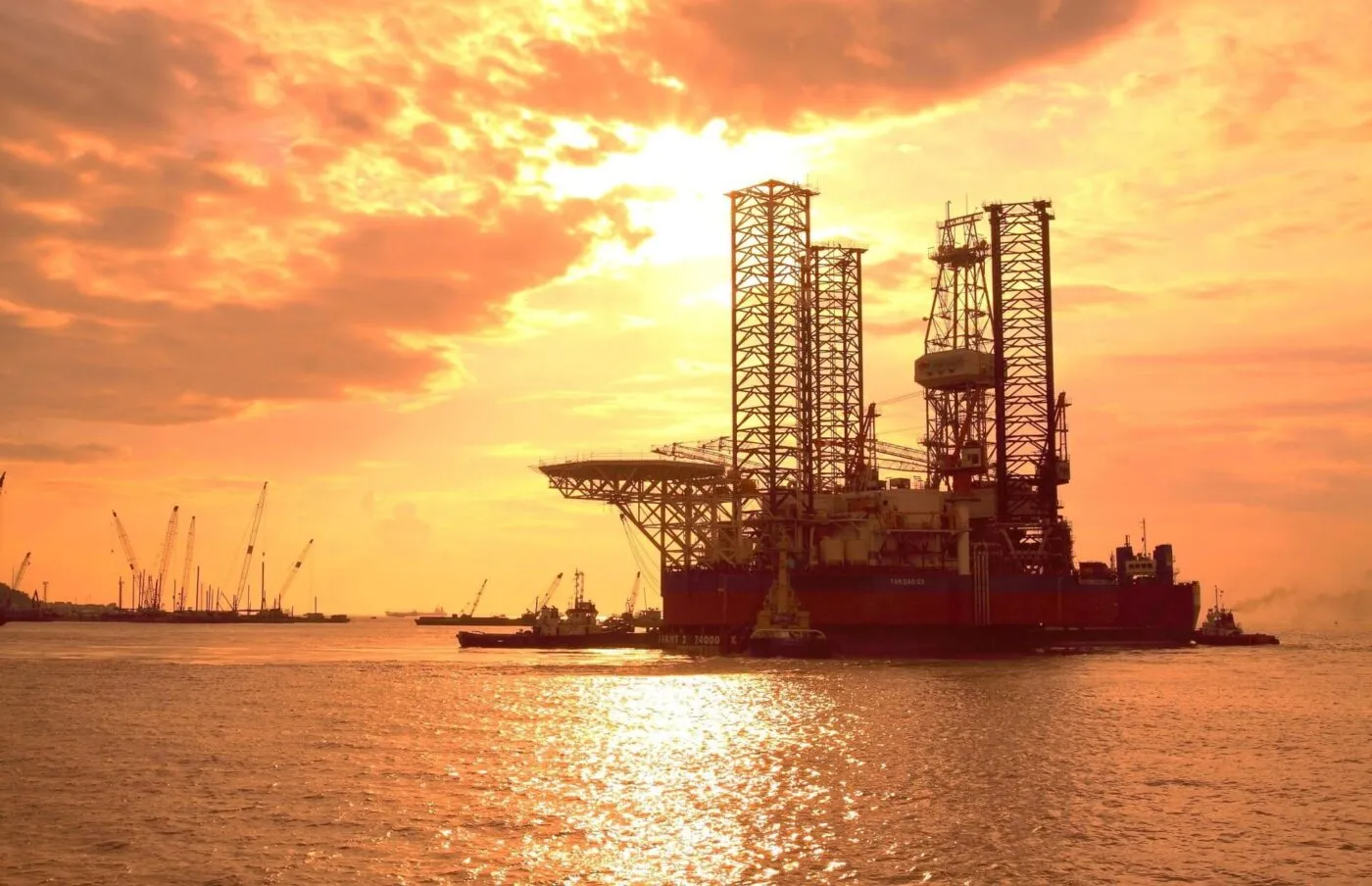The process of producing oil and gas is a complex sequence of stages from exploration, extraction, processing, to transportation. This process involves multiple steps, each requiring precision and high technical skills to ensure efficiency and safety in production. Here are the details of each stage in the oil and gas production process.
1. Survey and Exploration
Geological Survey: Before extracting oil and gas, oil companies must conduct geological surveys to identify areas with potential oil and gas reserves. This includes collecting data on the geological structure and stratigraphic features of the area.
Using Geophysical Technology: Techniques such as seismic, magnetic, and gravity surveys are used to create detailed images of the subsurface structures. This data helps identify the location of potential oil and gas fields.
Exploratory Drilling: After identifying a potential area, exploratory wells are drilled to collect samples and check for the presence of oil and gas. Data from exploratory wells provide information about the depth, pressure, and quality of the oil and gas.

2. Development and Extraction
Well Design: After identifying the oil and gas field, engineers design the well to optimize extraction. This includes determining the location, depth, and structure of the well.
Drilling the Well: Using modern drilling equipment, the well is drilled to the required depth. The drilling process can take from several weeks to several months, depending on the complexity of the geology.
Casing and Well Completion: After drilling, the well is lined with casing to protect and prevent the well from collapsing. The well completion process includes installing flow control equipment and safety valves.
Artificial Lift: In cases where natural pressure is insufficient to push the oil to the surface, artificial lift systems such as pump jacks or hydraulic pumps are used.
3. Processing and Transportation
Oil and Gas Separation: Crude oil and natural gas are separated at processing stations near the well. The separation process includes using separators and pressure and temperature equipment to remove water and impurities.
Cleaning and Processing: The separated crude oil is further processed to remove impurities and improve quality. This process includes filtration, water separation, salt removal, and chemical treatment.
Transportation: The processed crude oil and natural gas are transported to refineries or gas plants. Transportation is done through pipelines, ships, or tanker trucks. Pipelines are designed and maintained to ensure safety and efficiency in transportation.
4. Refining and Product Manufacturing
Oil Refining: At refineries, crude oil is refined to produce petroleum products such as gasoline, diesel, asphalt, and other petrochemical products. This process includes multiple steps like distillation, cracking, reforming, and chemical treatment.
Liquefied Natural Gas (LNG) Production: Natural gas is cleaned and liquefied at LNG plants. This process involves cooling the natural gas to extremely low temperatures to convert it from gas to liquid state, making it easier to transport and store.
Chemical Production: Oil and natural gas are also raw materials for the chemical industry. Chemical products produced from oil and gas include plastics, fertilizers, dyes, and personal care products.
5. Environmental Management and Safety
Minimizing Environmental Impact: Oil companies always focus on minimizing environmental impact throughout the production process. This includes managing waste, protecting water resources, and restoring extracted areas.
Workplace Safety: Workplace safety is crucial in the oil and gas industry. Strict safety measures are applied to protect employees and prevent accidents. This includes training employees, regularly inspecting equipment, and applying standard safety procedures.
Emergency Response: Emergency response plans are developed and tested to deal with emergencies such as oil spills, fires, and equipment failures. These measures include equipping emergency response equipment, training employees, and cooperating with authorities.
Conclusion
The oil and gas production process is a complex sequence of stages requiring high technical skills, from surveying, exploration, extraction, processing, transportation, to refining and product manufacturing. Each stage has its challenges and demands attention to safety and environmental protection. Efficient management of this process not only ensures sustainable energy supply but also significantly contributes to economic development.

